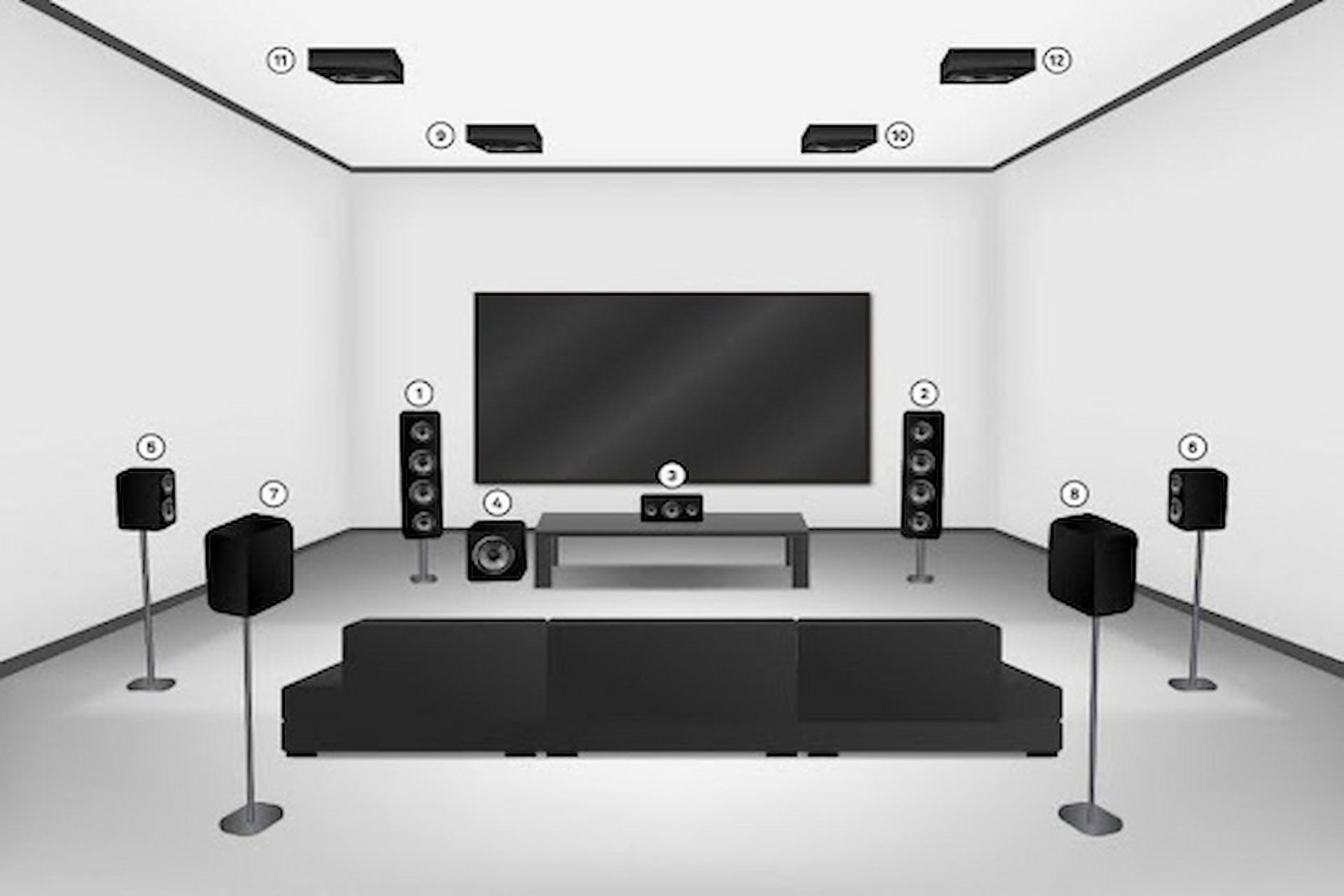Sound doesn’t just fill a room anymore. It moves, it wraps, it plays tricks on distance. The shift from flat stereo to dynamic, living sound has changed how people listen and how creators design the experience. That change began quietly, with engineers testing ways to make a listener feel surrounded rather than simply informed. The results now reach homes, theatres, and workplaces alike, bringing a kind of movement that traditional systems could not offer.
A few years ago, hearing depth meant two speakers and imagination. Now the aim is to build an environment that feels alive. Spacial audio solutions make that possible by creating a map of where each sound should live. Instead of sending identical signals to each speaker, these systems use algorithms that imitate how the human ear hears space. The listener starts to notice height, direction, and distance at once, even when using headphones. It may sound simple, yet it relies on precise timing and complex data about how ears and heads shape sound waves.
For businesses, this is not novelty. It changes how sound works in the physical world. In cinemas, museums, or retail spaces, these systems can guide attention and mood without people realising it. A quiet voice behind a visitor may turn them toward an exhibit. A brief echo can expand a small room. Offices use the same idea to create zones of focus or privacy. Spatial sound does not only make audio clearer; it helps control how space feels.
The technology relies on layers. Each sound source is treated as a separate object, not as part of a single track. These objects move through a virtual field shaped by software that interprets real acoustics. The result is a listening experience that adjusts as the listener moves. If someone walks across a room, the sound appears to shift with them in a natural way. This flexibility also means it can be scaled, from an immersive theatre array to a single mobile device that uses built in sensors and microphones.
There is still a question of cost and complexity. Many systems remain specialised, needing expert calibration or hardware that smaller venues cannot afford. Yet the pattern is clear. As software improves, spacial audio solutions become easier to deploy. Some platforms now rely on cloud processing rather than bulky local racks. Others integrate with standard streaming services, bringing spatial formats to mainstream audiences without complicated setup.
The appeal lies in how human it feels. People do not live in flat soundscapes. They navigate depth every second. A door closing behind, a voice echoing down a hall, rain that shifts direction, all create emotional context. Reproducing that pattern naturally can change how audiences connect to stories, brands, or places. When the ear receives cues that match real life, attention rises and fatigue drops.
Artists have begun to write with space in mind. A violin line can hover above and drift forward. A whisper can pass just behind, hinting at distance without a jump in volume. Silence becomes a tool when it frames a moving source. These choices reward careful listening and make familiar material feel new.
Still, perfection remains elusive. Recreating the organic imperfections of real sound is difficult. Digital systems can calculate physics, but emotion proves harder to model. Some listeners claim that is the charm, because a slight mismatch between artificial and real space makes them lean in. Engineers keep refining the models, and spacial audio solutions continue to evolve toward something almost invisible. The closer the sound gets to real life, the less people think about the technology, and the more they simply experience it.
In the end, movement is the message. When audio understands space, it stops acting like a picture on a wall and starts behaving like weather in a room. That change may be subtle, yet it reshapes how people listen, how venues guide attention, and how creators build meaning through tone and place.
